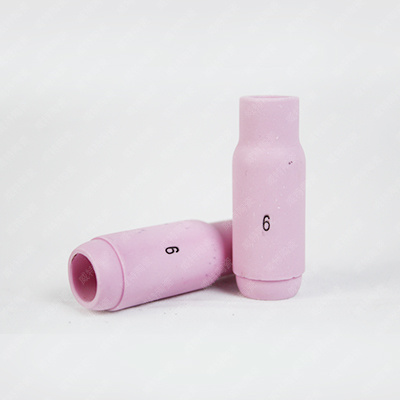
NEWS
Some knowledge points of special ceramics
Release time:
2022-01-10
Special ceramics developed in the 20th century and have developed rapidly in the past two decades. With the development of science and technology and more advanced technology, there are more and more types of special ceramics, which can be described as endless and dazzling. Types of specialty ceramics can be distinguished chemically and performance-wise.

The different chemical composition and organizational structure of special ceramics determine their different special properties and functions, such as high strength, high hardness, high toughness, corrosion resistance, electrical conductivity, insulation, magnetism, light transmission, semiconductor, piezoelectric, photoelectric , electro-optic, acousto-optic and magneto-optical. Due to its special properties, this kind of ceramics can be used as engineering structural materials and functional materials in machinery, electronics, chemical industry, smelting, energy, medicine, laser, nuclear reaction, aerospace, etc. Some economically developed countries, especially Japan, the United States and Western European countries, have invested a lot of manpower, material and financial resources in the research and development of special ceramics in order to accelerate the technological revolution and lay a material foundation for the development of new industries. Therefore, the development of special ceramics is very rapid, and great breakthroughs have been made in technology. Special ceramics are playing an increasingly important role in modern industrial technology, especially in high-tech fields. At the beginning of this century, the international market size of special ceramics is expected to reach 50 billion US dollars, so many scientists predict that special ceramics will definitely occupy a very important position in the development of science and technology in the 21st century.
Special ceramics, also known as fine ceramics, can be roughly divided into high-strength, high-temperature-resistant and composite structural ceramics and electrical and electronic functional ceramics according to their application functions. Add special formula inorganic materials to the ceramic body and sinter at about 1360 to obtain stable and reliable antistatic properties, thus becoming a new type of special ceramics, which usually have the functions of electricity, magnetism, light, heat, sound, chemistry, biology, etc. one or more functions. As well as coupled functions such as piezoelectric, pyroelectric, electro-optic, acousto-optic and magneto-optical functions.
Special ceramics usually use refined high-purity chemical products as raw materials, which are different from traditional ceramics in chemical composition, internal structure and performance. Automotive ceramics can be divided into functional ceramics and structural ceramics. Functional ceramics utilize their insulating, dielectric, semiconductive, and magnetic properties to control various sensors to meet the rapid development of automotive electronics. The ceramic structure has the properties of high strength, good wear resistance, low density, and low expansion coefficient at high temperature. It is widely used in the manufacture of engines and heat exchange parts, which is conducive to improving the thermal efficiency of engines and the service life of heated parts.
Ceramic materials are mainly used in automobiles with high heat resistance, good friction (even without lubricant) or small inertia parts. As we all know, special ceramics have been widely used in military armored vehicles.
Recommend




